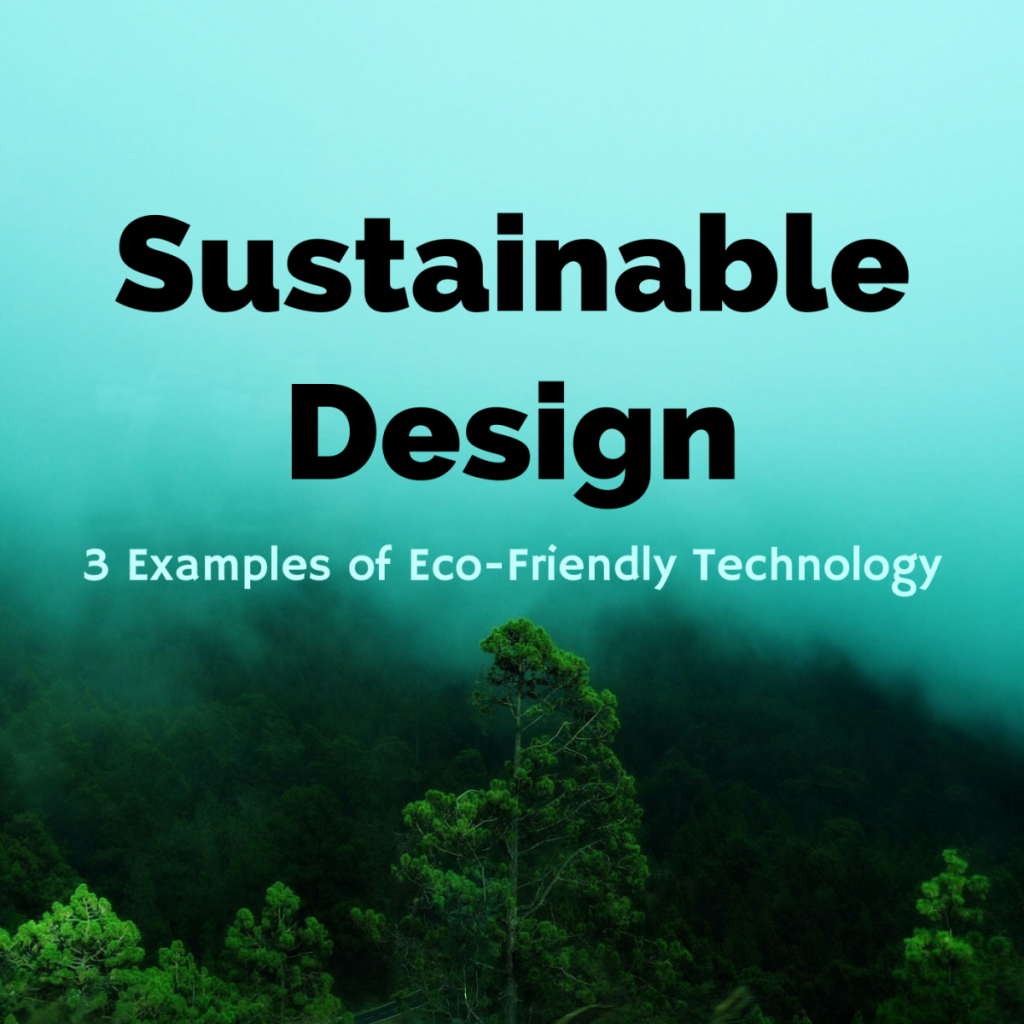Sustainable design is a hot topic in today’s world, with more and more people becoming aware of the impact their choices have on the environment. From eco-friendly materials to energy-efficient technologies, there are many aspects to consider when it comes to creating sustainable designs. However, with new challenges arising every day, designers and architects face unique obstacles in implementing these practices effectively.
One of the biggest challenges in sustainable design is finding ways to balance aesthetics with functionality. While it’s important for a building or product to look visually appealing, it’s equally crucial that it serves its intended purpose efficiently while being environmentally friendly. This can be a tough task, as some eco-friendly materials may not always offer the same level of durability or flexibility as traditional ones.
Another challenge designers face is the cost associated with sustainable design. While using recycled materials or investing in energy-efficient technologies may save money in the long run through reduced utility bills and maintenance costs, the initial upfront expenses can be significant. This can deter clients from opting for sustainable options over cheaper but less environmentally friendly alternatives.
Additionally, ensuring that a sustainable design meets all necessary regulations and standards can be tricky. Building codes and industry guidelines are constantly evolving to promote sustainability and reduce carbon footprints. Designers must stay informed about these changes and incorporate them into their projects while still meeting their clients’ needs and expectations.
Transportation presents another obstacle for sustainable design implementation. With urbanization on the rise, designing buildings and products that promote alternative modes of transportation such as biking or public transit can be challenging. Ensuring easy access to these forms of transportation while still maintaining a functional space requires careful planning and consideration.
Water conservation is also a key aspect of sustainable design that poses its own set of challenges. Implementing systems for rainwater harvesting or greywater recycling requires additional infrastructure and maintenance considerations that designers must account for during the planning stages.
Energy efficiency is perhaps one of the most critical elements of sustainable design but also one of the most complex to achieve. Balancing natural lighting with insulation techniques, renewable energy sources like solar panels or wind turbines, and smart technology integration all play a role in reducing energy consumption while maintaining comfort levels within a space.
Waste management is another significant challenge faced by those practicing sustainable design principles. Minimizing construction waste through recycling materials or repurposing existing structures requires creativity and innovation from designers who must think outside the box when approaching each project.
Lastly, educating clients about the importance of sustainability in design can be an ongoing battle for designers looking to make a positive impact on our planet. Many individuals may not fully understand how their choices affect environmental health or why certain green practices are essential for future generations.
Despite these challenges, there are plenty of success stories within sustainable design that showcase innovative solutions to these obstacles:
– One example is The Edge in Amsterdam – often referred to as “the world’s greenest office building.” Through features like solar panels covering its roof surface entirely (generating more electricity than needed), efficient LED lighting systems controlled by an app allowing employees personal control over their workspace ambiance.
– Another notable project is The Bullitt Center in Seattle – dubbed “The Greenest Commercial Building In The World” due mainly because it generates 100% renewable power onsite thanks largely due photovoltaic cells installed throughout its structure.
– Additionally,
a company called Ecovative Design has created biodegradable packaging material made from mycelium – mushrooms’ root system – providing an alternative solution without contributing harmful plastics into landfills.
In conclusion – It’s clear that despite facing numerous challenges along this journey towards sustainability; creative thinkers continue pushing boundaries further developing innovative solutions which promise both aesthetically pleasing whilst remaining conscious towards environmental impacts ensuring healthier future generations benefitting from our current actions taken today!
